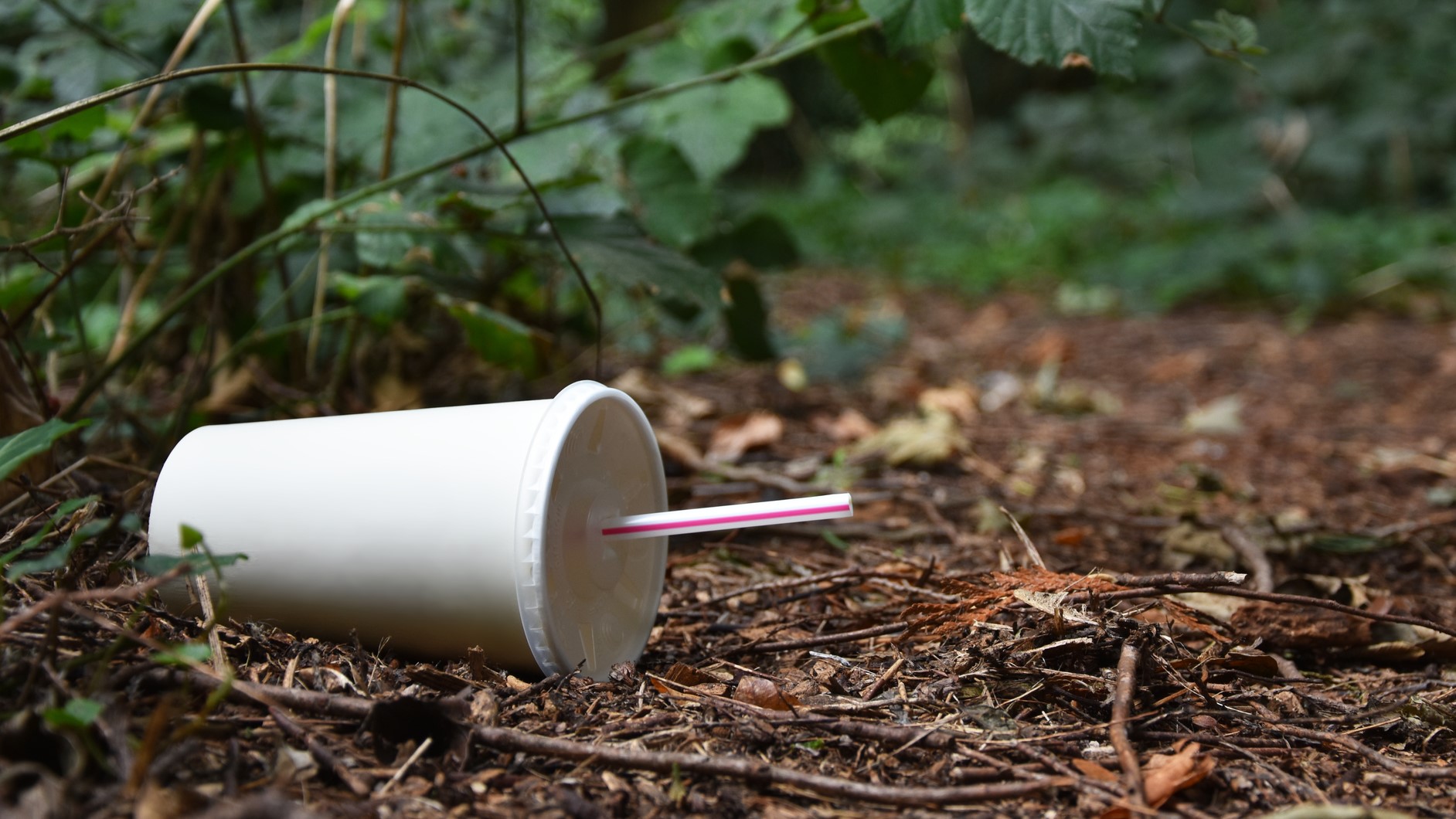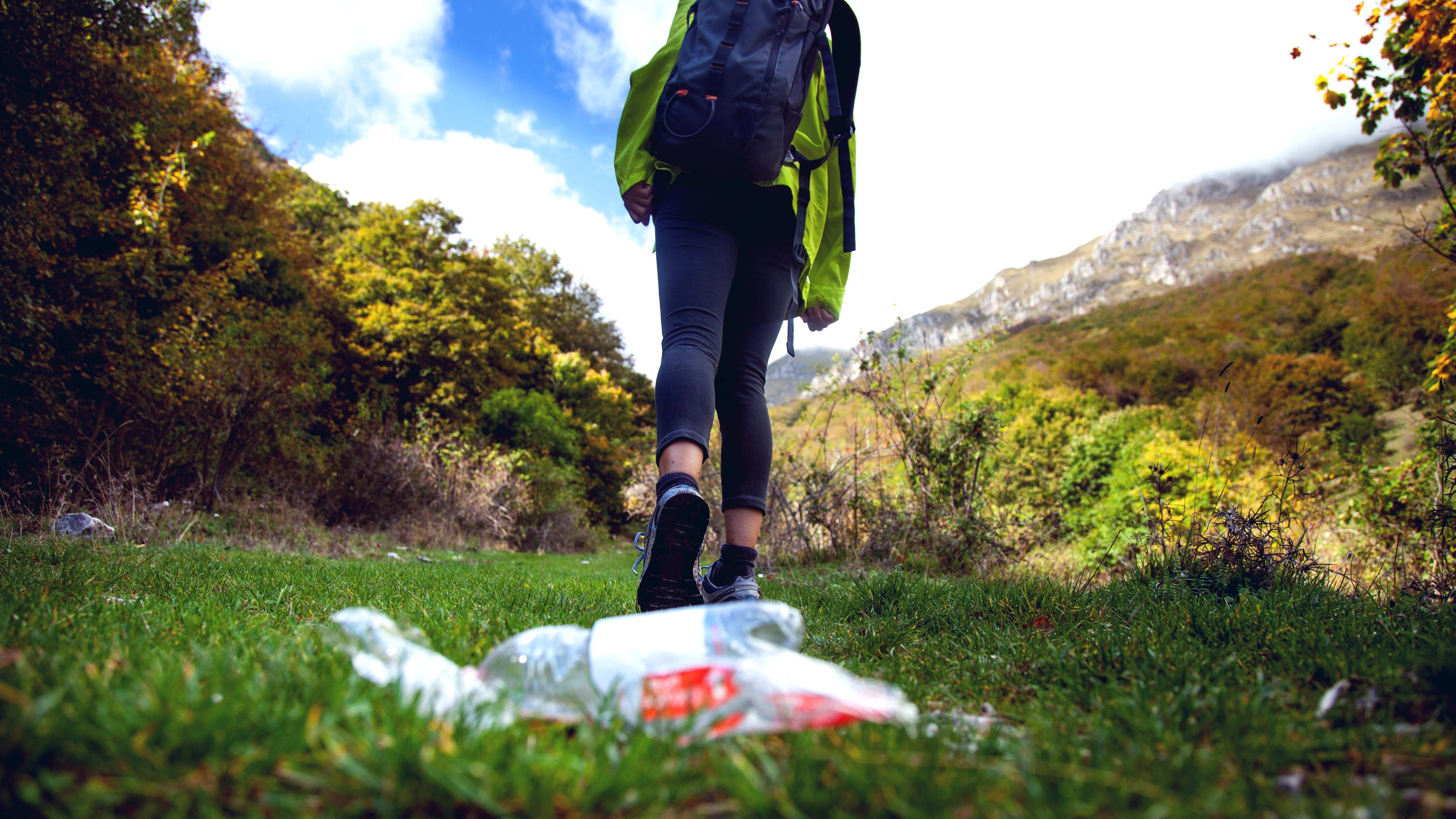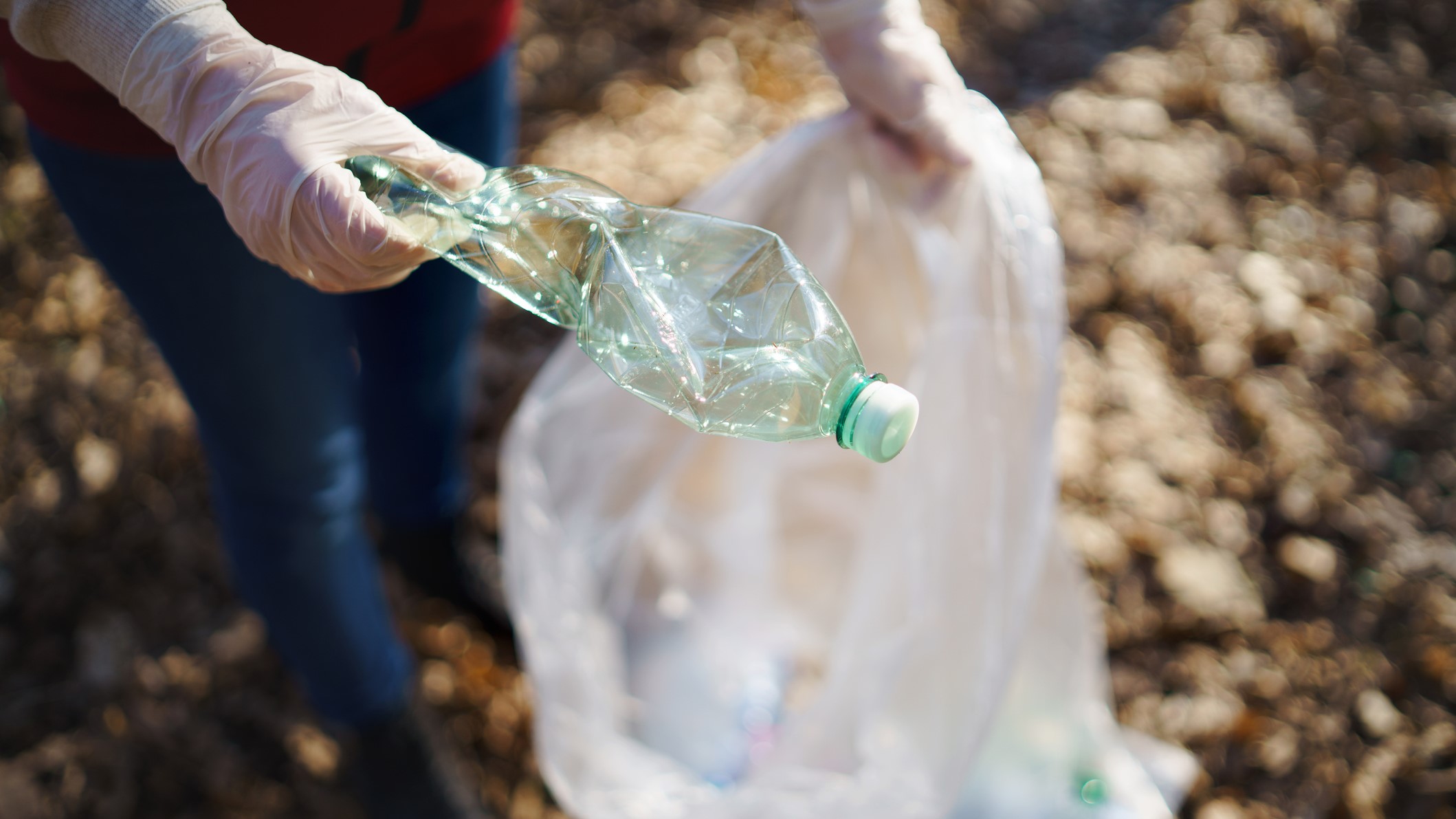"We must take bold action" – plastic pollution still plaguing National Parks
A new survey reveals plastic waste is still making up the majority of litter in US National Parks

When you picture yourself walking down a trail in any one of America's most beautiful spaces – places like Yellowstone, Yosemite and Zion – you probably imagine the soft thud of your hiking boots hitting the earth as you take in pristine views. What you may not imagine is your feet crunching down on discarded food wrappers and cigarette butts while your view is littered with plastic bottles, but new data suggests these items make up the vast majority of trash collected over an eight month period last year in US National Parks.
The newly published findings, collected by the 5 Gyres Institute, a non-profit organization that focuses on reducing plastics pollution, show that for the second year running, single-use plastic waste is making up the majority of waste discarded in our National Parks.
"Each year, millions of people visit treasured public lands for their natural beauty, history, and culture, and plastic mars that experience, fouling the landscape and harming wildlife," says Christy Leavitt, Plastics Campaign Director for Oceana.
"The National Parks Service must swiftly phase out single-use plastics in our parks and move to refill and reuse systems to keep these special places filled with nature instead of plastic.”

The report, which is the result of data submitted by volunteers, found that of the 8,000 items collected, food wrappers, cigarette butts, wipes, bottles and bottle caps, film and bags made up the majority of identifiable items. Additionally, the top brands represented in waste were Marlboro, Camel, Gatorade, Coca-Cola, McDonald’s, Starbucks and Budweiser. Overall, plastic items made up 66 percent of items collected which is down from last year's 81 percent, but the report's authors urge there is still work to be done.
"The trash data analyzed serves as an irrefutable reflection of how we urgently need to protect our communities, lands, and waterways from the threat of plastic pollution – which is inextricably linked to the climate crisis and impacts public health," comments Alison Waliszewski, Director of Programs and Policy at the 5 Gyres Institute.
Waliszewski stressed the need to phase out single-use plastics in parks and encouraging policymakers to pass the Reducing Waste in National Parks Act. The report also suggests increasing access to refill stations to cut down on disposable water bottles, and implementing reusable foodware at dining establishments.
Advnture Newsletter
All the latest inspiration, tips and guides to help you plan your next Advnture!
From April through November 2023, hundreds of volunteers participated in 199 data collection and trash clean-up hauls across the country's National Park sites and public lands to collect the data. As we previously reported, one such clean-up in Yosemite National Park resulted in 10,432 pounds of trash being collected.

How to ‘leave no trace’ when hiking in the backcountry
Any time you are hiking or pitching a tent in the backcountry, it's important to follow the principles of Leave No Trace to protect wildlife and keep nature wild for others to enjoy. These seven principles ensure that you leave nature just as you found it:
- Plan ahead and prepare
- Travel and camp on durable surfaces
- Dispose of waste properly
- Leave what you find
- Minimise campfire impacts
- Respect wildlife
- Be considerate of other visitors
Learn more in our article on how to ‘leave no trace’ when pitching or hiking in the backcountry.
Julia Clarke is a staff writer for Advnture.com and the author of the book Restorative Yoga for Beginners. She loves to explore mountains on foot, bike, skis and belay and then recover on the the yoga mat. Julia graduated with a degree in journalism in 2004 and spent eight years working as a radio presenter in Kansas City, Vermont, Boston and New York City before discovering the joys of the Rocky Mountains. She then detoured west to Colorado and enjoyed 11 years teaching yoga in Vail before returning to her hometown of Glasgow, Scotland in 2020 to focus on family and writing.

